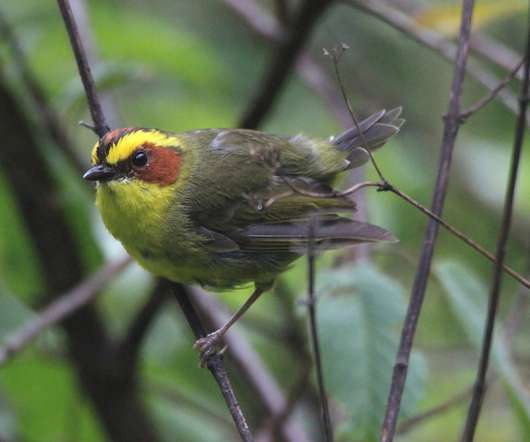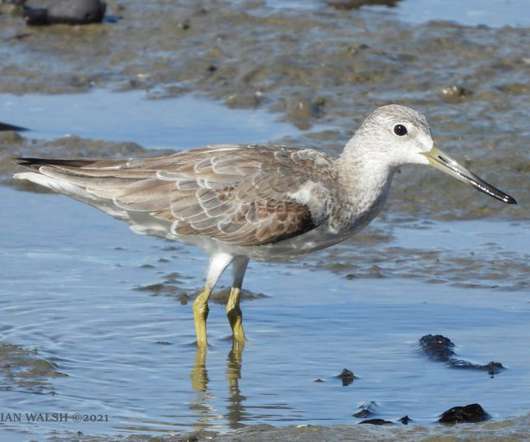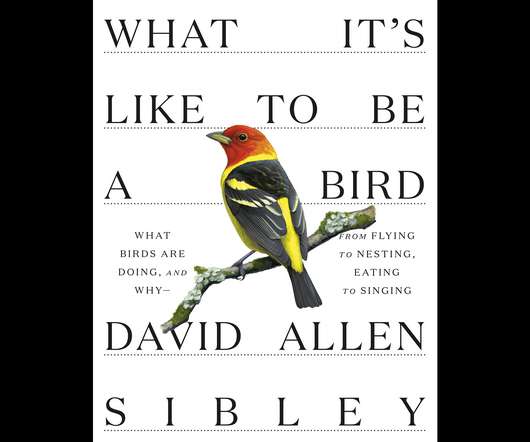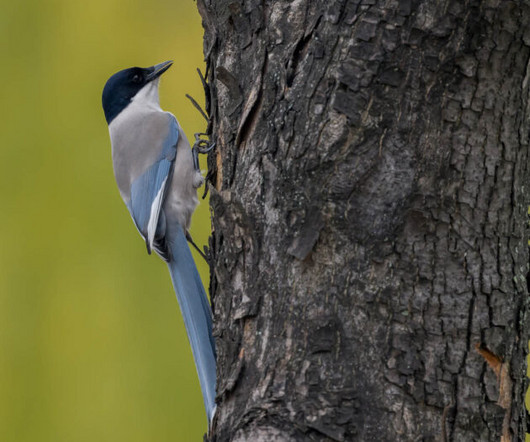Open Season on Bald Eagles
10,000 Birds
AUGUST 1, 2011
Bald Eagle image is by Francois Portmann and is used with permission You know, I’ve been thinking about this whole dustup over hunting cranes in Tennessee and now Kentucky. I think it’s time to hunt Sandhill Cranes. We’ve always hunted Bald Eagles. There was a lot of hunting for Bald Eagles—it is traditionally a game species.


























Let's personalize your content